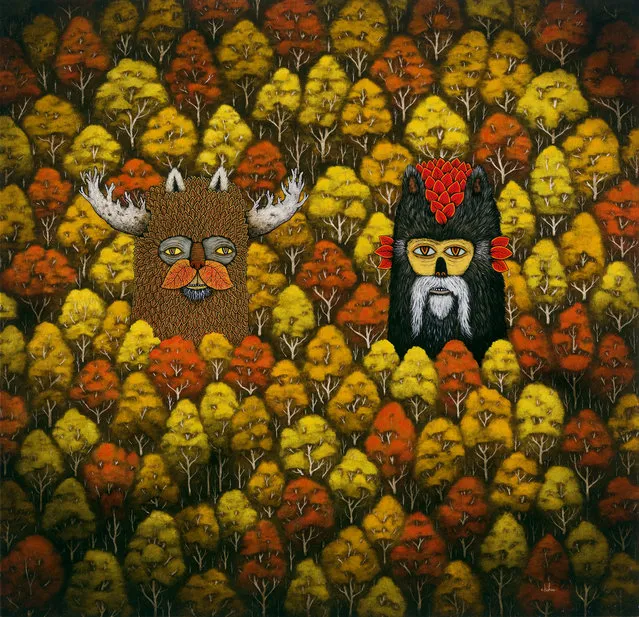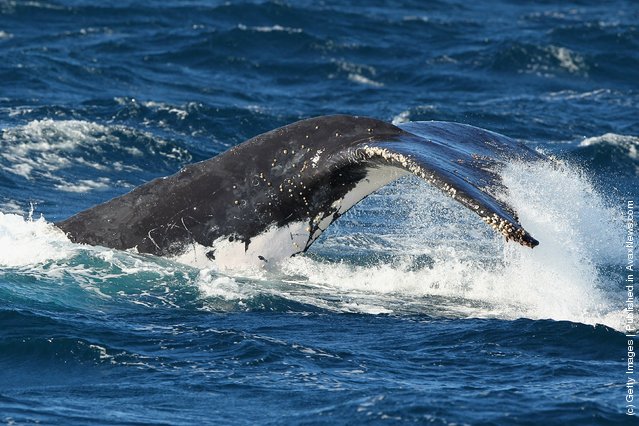
In this handout image provided by the Police of Swiss canton Valais the wreckage of a bus is seen after it crashed inside a motorway tunnel on March 13, 2012 in Sierre, Switzerland. 28 people, including 22 children, returning from a skiing holiday died in this bus accident. (Photo by Police Cantonale Valaisanne via Getty Images)
15 Mar 2012 13:20:00,post received
0 comments







